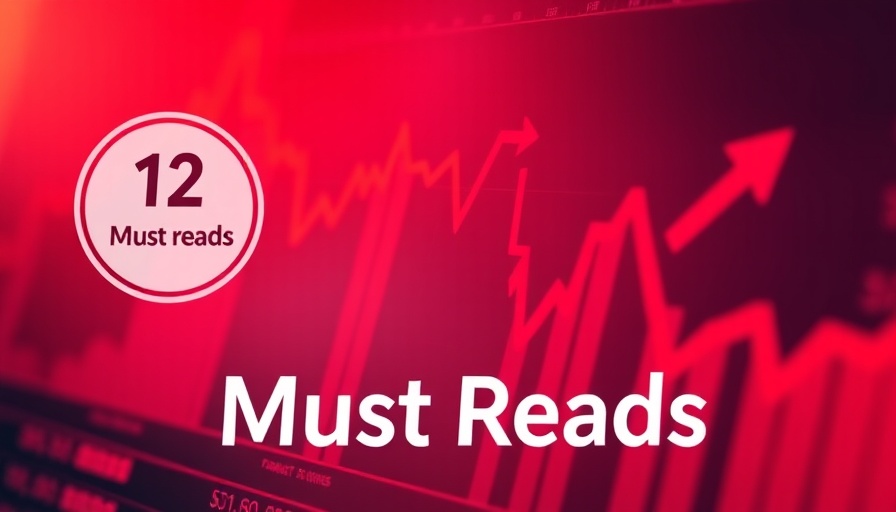
Understanding Buffer ETFs Amid Market Volatility
As financial professionals navigate the tumultuous waters of the current market, an investment strategy is gaining traction: buffer ETFs. These innovative financial products are designed to provide a mitigating effect during downturns while still allowing for some growth. With March seeing inflows of $2.5 billion and cumulative inflows of $4.7 billion for the year, buffer ETFs have become a focal point for wealth advisors looking to safeguard their clients’ portfolios in the face of uncertainty.
The Resurgence of Investor Interest
With the S&P 500 experiencing a significant dip of 6%, financial advisors are increasingly recommending buffer ETFs as a way to maintain stability. These funds appeal to investors due to their unique structure, which combines the potential for moderate gains with built-in protections against steep losses. For example, recent research shows that 82% of advisors express heightened concerns about equities, prompting a strategic pivot towards safer investment vehicles like buffer ETFs.
Comparing Strategies: Traditional ETFs vs. Buffer ETFs
Standard ETFs offer high growth potential but expose investors to the full brunt of market volatility. In contrast, buffer ETFs cap potential gains while protecting investors from severe downturns. This trade-off attracts those wary of significant losses, especially as the global economic landscape shifts in response to external pressures, such as rising inflation and geopolitical tensions. According to financial analysts, the combination of limited gains and downside protection makes buffer ETFs particularly appealing in the current climate.
Long-Term Implications of Buffer ETF Popularity
As more wealth advisors shift assets into buffer ETFs, we could see broader market implications. The rise in demand may calm volatility in certain sectors, particularly those prone to rapid fluctuations. This defensive strategy could signal a pivotal change in investor behavior, embracing caution over reckless optimism. Moreover, advisors are being urged to inform their clients not only about the potential benefits but also about the limitations and costs associated with these funds.
Is the Trade-off Worth It?
While the allure of buffer ETFs is clear, prospective investors must scrutinize the associated fees, often around 0.7%, which can be substantially higher than traditional ETFs. Advisors must gauge whether the peace of mind that these investment vehicles offer justifies the cost. The real question is: How much are investors willing to pay for protection in uncertain times?
Final Thoughts: Strategic Readjustments for Wealth Advisors
For financial planners and wealth advisors, the current market environment demands thoughtful action rather than reaction. Buffer ETFs provide a strategic opportunity to not only protect clients’ assets but also to align investment portfolios with long-term goals. Navigating this transition will require a deft combination of education and action to ensure that clients feel confident in their investment paths.
As you adjust your strategies, consider the evolving landscape of financial products. Buffer ETFs might just be the protective shield your clients need to weather the storm. Stay informed about market trends and the performance of these investment vehicles to best serve your clients' financial health.
 Add Row
Add Row  Add
Add 




 Add Row
Add Row  Add
Add 

Write A Comment